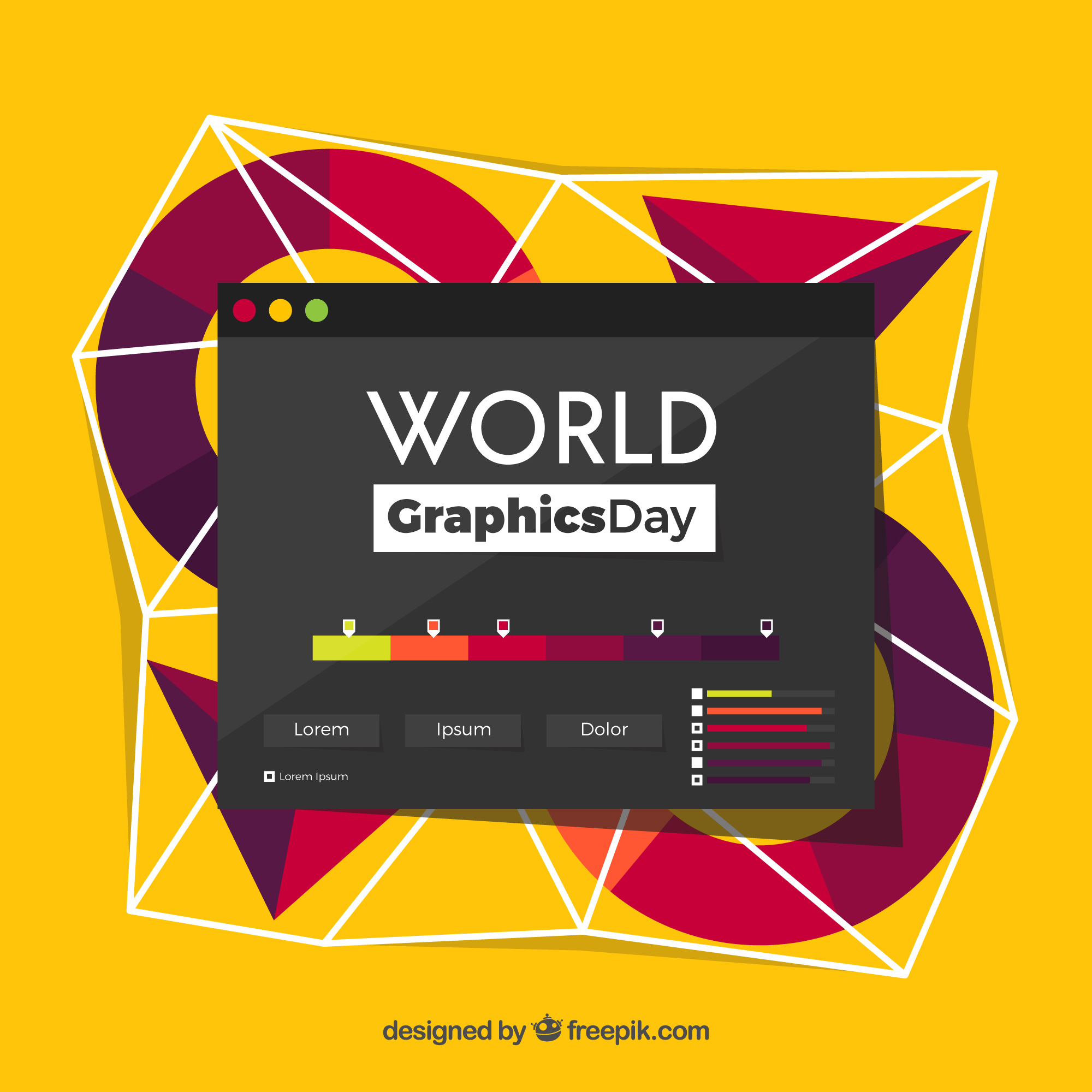A Comprehensive Guide to Graphic Design
Graphic design is a versatile creative field that focuses on visual communication and presentation. Graphic designers use visual elements like images, icons, typography, and layouts to convey ideas, messages, and information to audiences. In this in-depth guide, we’ll explore graphic design fundamentals, principles, specializations, and career opportunities within the industry.
History and Evolution of Graphic Design
While visual communication has existed for centuries, graphic design emerged as a distinct profession in the late 19th century with advancements in printing technology. Early pioneers established foundational design principles still used today. In the 20th century, modernist movements heavily influenced the field. Legends helped establish it as a serious creative discipline.
Now graphic design encompasses digital media alongside print. Technology has transformed how designs are created and distributed. New movements contribute to its expanding scope. Over the decades, the field has diversified with specializations to meet society’s evolving communication needs.
Key Graphic Design Principles
Some fundamental principles graphic designers consider include balance, contrast, emphasis, movement, proportion, scale, harmony, and unity. These are applied visually and practically to achieve communication goals. Common design elements are typography, images, color theory, layouts, branding, and formats.
The Design Process
A typical design process involves research, planning, conceptualizing, designing, prototyping, testing, and revision. Analyzing audiences, goals, channels, and technologies helps understand constraints and generate concepts. During creation, composition, hierarchy, functionality, and readability are considered. Feedback refines work.
Graphic Design Specializations
As the field grew, specializations emerged to match diversifying communication needs. Some roles include branding designer, logo designer, package designer, editorial designer, web designer, mobile designer, and signage designer. Multidisciplinary skills prove valuable for graphic designers.
Skills and Qualities for Graphic Designers
Strong creative problem-solving skills and technical proficiency in software like Photoshop, Illustrator, and InDesign are essential. Designers also need excellent communication abilities as they collaborate closely with clients and teams. Traits like flexibility, initiative, attention to detail, and passion for learning aid career success.
Education and Career Prospects
A four-year Bachelor’s degree in Visual Communication or Graphic Design is typical education in the US. Internships provide hands-on experience. Careers span publishing, advertising, branding agencies, studios, and corporate departments. Opportunities exist in experience design, motion graphics, and other digital specializations.
Examples of Graphic Design Work
To see graphic design principles in action, consider examples like magazine covers, website designs, book jackets, logos, wayfinding signage, and multimedia presentations. Well-designed pieces effectively communicate through balanced use of images, typography, composition, and visual hierarchy adapted for their context and audience.
Advantages of Hiring a Graphic Designer
Benefits include professional visual identities that boost brand recognition, eye-catching marketing materials that increase engagement, and optimized UX for websites and apps. Design thinking also yields innovative solutions applicable throughout organizations. Working with skilled designers helps businesses stand out from competitors.
Emerging Trends in Graphic Design
As technology evolves, designers are increasingly combining physical and digital elements through mediums like augmented/virtual reality. Motion/animated graphics are also growing areas. Sustainability factors into packaging/print design. UX/UI is becoming more specialized, while interdisciplinary collaboration increases across industries.
Is a Career in Graphic Design Right for You?
Those passionate about visual storytelling and solving complex communication problems through design may enjoy the field. Having strong analytic skills alongside creativity helps succeed. The willingness to continually learn new technologies serves designers well as the industry transforms. Readiness to receive feedback improves one’s work.
Here are some additional details on graphic design:
-
Influential designers: Some key figures who helped establish graphic design as an important profession include László Moholy-Nagy, Piet Zwart, Alvin Lustig, Massimo Vignelli, Paul Rand, Saul Bass, and Hartmut Esslinger among others. Their experimental works defined major stylistic eras.
-
Design principles: Other important principles graphic designers employ are proximity, repetition, alignment, grids & modularity for visually organizing information in a clear and intuitive manner. Typographic principles such as legibility, hierarchy, and readability are also crucial.
-
Software skills: Beyond Adobe programs like Illustrator, Photoshop, and InDesign, graphic designers nowadays use tools like Sketch and Figma for UI/UX design. Some proficiency in HTML, CSS, and other web technologies also helps those designing for digital platforms.
-
Freelancing: Many graphic designers choose to work as freelancers or run independent design studios after a few years of experience. This allows flexibility but demands strong self-management, business development, and client relationship skills.
-
Subsectors: Specific domains within graphic design include publishing & editorial design, environmental graphics, packaging design, and information design. Emerging areas span concept art for games/films, motion graphics, interactive installations, etc.
-
Roles: Other career paths include art director to oversee visual projects, design manager for larger teams, or moving into more specialized roles like brand strategy or design education/research.
Conclusion – The Future of Graphic Design
As society progresses, graphic design will remain essential to shaping how ideas are visually conveyed. By integrating creative expression with emerging technologies, the discipline impacts how individuals experience and process information. Its scope will likely expand further at the intersection of art, media, and technology.
I hope this comprehensive guide has provided useful insights into the diverse and dynamic profession of graphic design.

